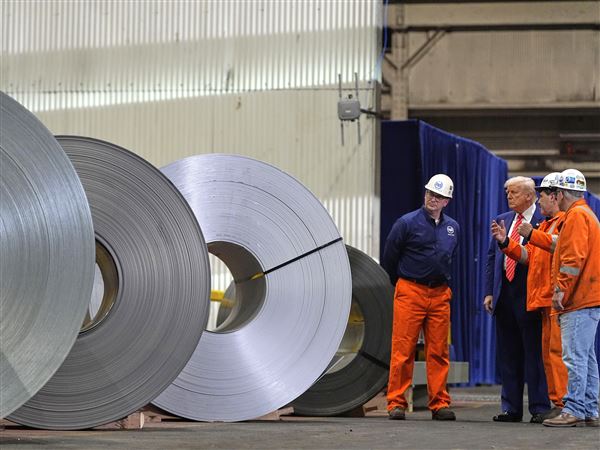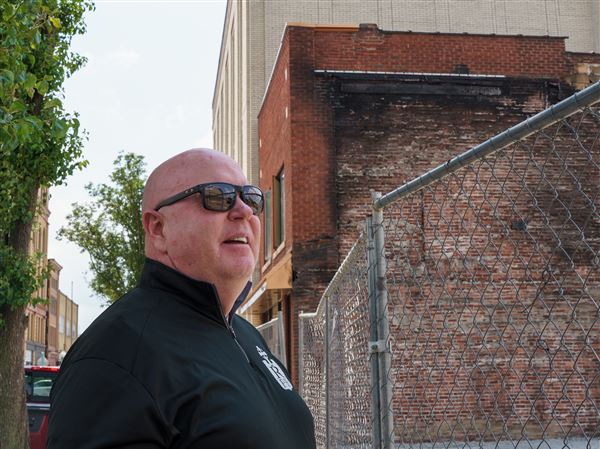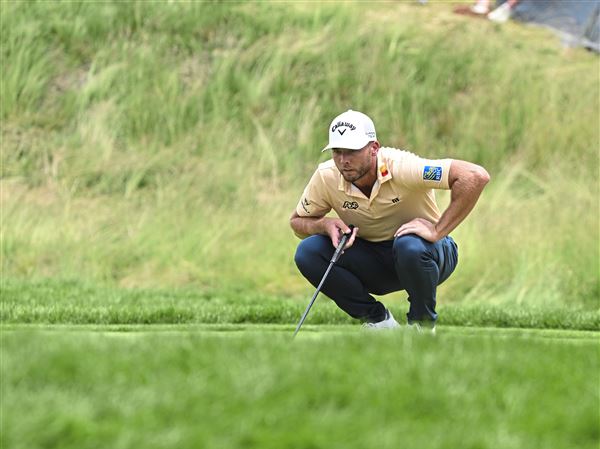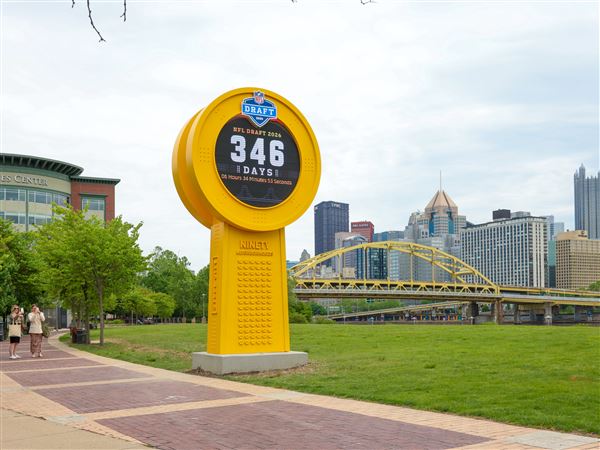Flester (fles-ter), n.,flesta, -am; v.,flesto, -are, avi, -um.
Attributed to Uncle Flester, presumed timeless and ubiquitous.
1. n. Defunct, discarded, things; immediately redeemable. In the post-industrial age, fragments of formerly functional contrivances.
2. n. Any "thing" in so far as one ascribes a presumptive integrity to it, often the result of a visual prejudice.
3. v. The act of flestering, i.e. making proliferative and promiscuous use of what is at hand, closely related to the practice of Bricolage (See French anthropologist Claude Levi-Strauss: "The Savage Mind.")
A Brief Genealogy of the Theory and Practice of Flestering:
We are all more or less familiar with flesters, though the term may be unfamiliar.
The theory and practice of flesters was inspired by the memory of a Roz Chast cartoon. She's best known for her work in The New Yorker, but this one was in The Sciences magazine, and I first saw it hanging on a friends' refrigerator in the early '90s. The cartoon depicts a broken-off piece of hardware used in a creative if absurd way. It is called a "flester" and touted as a universally useful object.
A few years later, those friends invited me to a dinner gathering at their home. I was a graduate student in philosophy at the time, so they asked me to "prepare a talk" for the assembled guests. The memory of that Roz Chast cartoon on their refrigerator bubbled up. I sat down with a pencil and a yellow pad and sketched out notes for a lecture/performance/exhibit to advance the "theory & practice of flestering." I also collected flesters from my basement and assembled an exhibit in their attic.
The theory of flesters I introduced that night inspired the founding of the Church of Immediate Redemption (inaugurated in a schism). It created an economy of flesters (I bestowed the exhibit on the hosts and those in attendance, encouraging them to go forth and give and receive flesters). It brought about the creation of Uncle Flester and the adoption of his Jester and the dissemination of archetypal flesters around the world.
A Brief Introduction to the Theory of Flesters:
All things are flesters. Flesters are things; though things are more than meet the eyes. While all things are flesters, it remains true that the broken-off hardware genre of flesters provides a palpably accessible introduction to the theory of flesters.
Hardware -- wrested from nature, and wrought by design: We have the everyday experience of objects ready-to-hand: tools for use, objects deriving their integrity from function.
When presented with a fragment of a formerly presumed integral object -- the result of a prior confrontation with the failure of its function -- one at once has a premonition of a former use. There is an apprehension of the out-of-placeness of its current "use."
This experience of the broken-off piece of hardware -- wearing its flesterhood on its sleeve -- offers an opportunity for insight. We can see the abstract and ultimately arbitrary character of the integrity we foist on "things."
A flester is a thing whose boundaries become all the more definitive for having been "broken-off." The missing part of the object is quite literally present in the mode of absence.
Flesters, unlike ordinary things, are scarred and marked by incompleteness. When exhibited as such, or put to a creative if absurd use, one is presented with an opportunity for apprehending (perhaps appreciating) the dependence of an "object's" integrity on more than its presumed boundaries.
One gains the insight that all things (obvious and not-so-obvious flesters among them) derive their integrity from well beyond the presumed scope of their limits -- without need to appeal to transcendent origins ...
Theory, practice ... action!
Flester lectures and related topics have been presented in many settings, most notably at a Riversymposium in Australia and Art & Sustainability seminar in Germany. On Saturday, Jan. 17, I will be giving a free public presentation: "An Ethics of Flesters in an Age of Trash!" [The presentation was set for Jan. 10 but has been postponed due to weather.]
In addition to flesters, we'll talk about Artful Trash Management & RiverCubes and other regional efforts that connect art to civic and environmental concerns: Nine Mile Run & 3 Rivers 2nd Nature projects in Allegheny County and AMD&ART -- a 17-acre "Litmus Garden" revitalizing a community and watershed in Vintondale, Pa., polluted by acid mine drainage and coal mining (see greenmuseum.org).
The presentation will be held at the Pittsburgh Center for the Arts from 1 to 4 p.m. It's a preview of the course I will be teaching at the Center (eight Saturdays, Jan. 24 through March 14).
For more information, go to the PCA Web site -- pittsburgharts.org -- and look under PCA School. Or call 412-361-0455.
Flesters, Jesters & Other Serious Matters: A Flester Manifesto
We the Creatures, of the Earth, in Order to form a less imperfect Union, nurture Ecological Justice, affirm Wild Tranquility, defend and preserve CommonWealth, promote collective Wellbeing, and secure the Mixed Blessings of Liberty for ourselves and our Posterity, do ordain and propagate this Conspiracy of Creatures of the Earth ...
We the People -- Human Animals -- Constituted with, by, and of other creatures -- Living on the cusp of the 21st Century -- are the class of creatures that most alters ecologies sustaining all creatures ...
This dubious distinction reflects our sense of ourselves as exceptional to -- rather than a part of "nature." We deform nature and ourselves by regarding ourselves exceptional and presuming to behave with impunity. Human ecology is an oxymoron that describes our thoroughgoing immersion within nature and promises greater recognition of our role as participant in the destiny of ecologies we impact ...
People, horses, dogs, cats & rats are only the most obvious creatures -- none of us could live without bacteria in our guts -- Or the Air, Water and Land -- and so much else -- on which our very existence depends. The Presocratics affirmed a universal status to each of these elements -- as well as fire -- giving predominance to one or another -- in seeking to isolate the essence of nature. Heraclitus suggests that Fire is the essence of all things in their perpetual creative perishing -- giving emphasis to the flux of becoming underlying all enduring things. Rivers are enduring flux, exemplified by the creative perishing of Fire. Thales postulates Water, Anaximenes Air, and Anaximander the "boundless" as ultimate realities. Uncle Flester believes all things are flesters! His Jester swears to it!!
Uncle Flester has developed a theory and practice of everything -- and Uncle Flester's Jester leads the cultural contagion -- being the more social of the two! All things are Flesters, Flesters have always been, and will always be... It's just that we live in a perverse age where we need a name for the stuff that has been labeled waste -- where the very identification of things as isolated from their context does violence to the connectedness of all things -- lays waste to the world -- by assuming that waste is something that is, rather than something we do.
Where some see Waste, we see only Stuff.
Flesters celebrate the stuffness of what otherwise is considered waste -- seeing waste as something we do -- not something that is. Waste is an adjective, verb, crime against nature -- it is neither noun nor sustainable practice ...
Sustainable Development requires Development of Sustainability. Sustainability as an adjective in service to development renders sustainability the handmaiden of development. Sustainability needs to be developed in concert with our creaturely comrades and "nature." Uncle Flester & his Jester have much to offer in this general direction. They face our impending ecological and economic collapse with lighthearted resolve ...
Crises are terrible things to waste!!!

First Published: January 4, 2009, 10:00 a.m.














